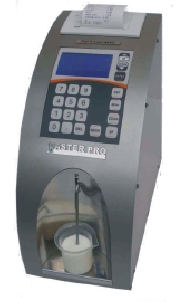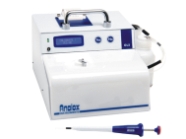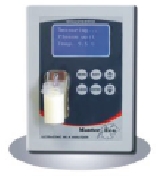Description
Biochemical Assay for the Determination of herbicides, including Glyphosate in Water, Food, Vegetables, Fruits, Human fluids Samples
The introduction of genetically modified crops resistant to Glyphosate (i.e. Roundup Ready®) has caused an increased use of Glyphosate, allowing farmers to control weeds without harming their crops. The emergence of Glyphosate-resistant weeds has also caused increases in frequency and volume of applications of Glyphosate in combination with other herbicides. Due to its widespread use, Glyphosate has become ubiquitous in the environment and food supply. Glyphosate can adsorb to soil and is highly water soluble, which can cause surface and ground water contamination from run- off, soil erosion, and leaching especially after heavy rainfall. The long-term impact on the environment and human health are growing concerns. In March 2015, the World Heath Organization’s International Agency for Research on Cancer classified Glyphosate as “probably carcinogenic in humans” (category 2A). Some studies show a correlation between exposure to Glyphosate-based herbicides and non-Hodgkin’s Lymphoma in humans and others show evidence of Glyphosate causing cancers in laboratory animals. In the European Union, the combined maximum residue level (MRL) for Glyphosate and its relevant metabolites in drinking water is 0.1 ng/mL.
Test sensitivity: The Trofopast Biomedix Herbicides Panoptis has an estimated detection limit (90% B/B0) of 0.05 ppb (ug/L). The middle of the test (50% B/B0) is approximately 0.5 ppb. Determinations closer to the middle of the calibration curve give the most accurate results.



